MANUALLY OPERATED SPRING TESTING
MAKE DINESH SCIENTIFIC
DESCRIPTION
Operated Spring Testing is a process used to evaluate the performance and durability of springs under real-world operational conditions. This testing ensures that springs meet required specifications for load-bearing capacity, deflection, fatigue resistance, and overall functionality in various industrial applications.
KEY FEATURES:
- Load and Force Measurement – Determines the force exerted by the spring under different compression, extension, or torsional loads.
- Fatigue & Durability Testing – Simulates repeated load cycles to assess the lifespan and resistance to failure.
- Deflection & Stiffness Analysis – Measures the spring’s response to applied loads, ensuring compliance with design specifications.
- Resonance and Vibration Testing – Identifies the natural frequency of the spring to prevent operational failures due to vibrations.
- Environmental Simulation – Tests the spring’s performance under different temperatures, humidity levels, and corrosive conditions.
- High-Precision Measurement Systems – Uses advanced sensors and digital interfaces for accurate data collection and analysis.
TECHNICAL DETAILS
| MODEL | DS-MOST-200 |
| Type of Tests | Compression & Tension |
| Load Display | Analogue (by needle) |
| Least Count | 0.1 kg / 1 N |
| Capacity | 200 kg / 2000 N |
| Deformation Measurement by Attached Scale (LC) | 0.1 mm |
| Deformation Measurement by Attached Scale | 30 mm |
| Diameter of Spring Tested | 200 mm |
| Tool Box | Allen Keys and Wrenches |
| Spring Specimens | 6 Numbers (varying diameter & length) |
| Load Releasing Arrangement | Yes |
| Cross Head Travel | 500 mm (without sample/grip) |
| Load Application | Hand Operated |
| Instruction Manual | Self-explanatory with sample calculation |


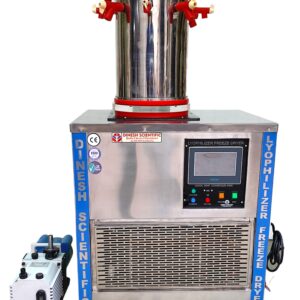
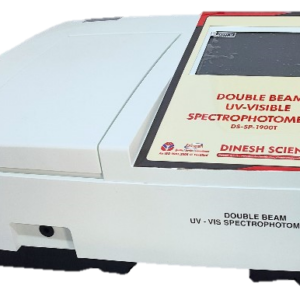
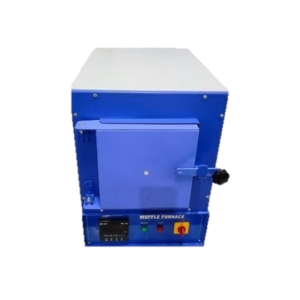
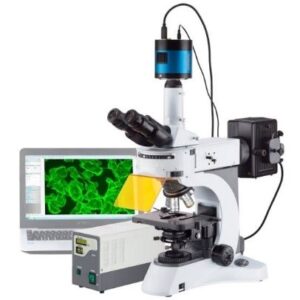
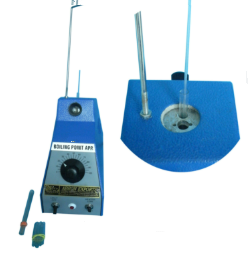



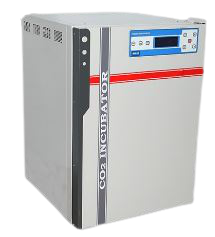

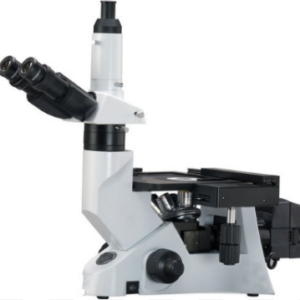


Reviews
There are no reviews yet.